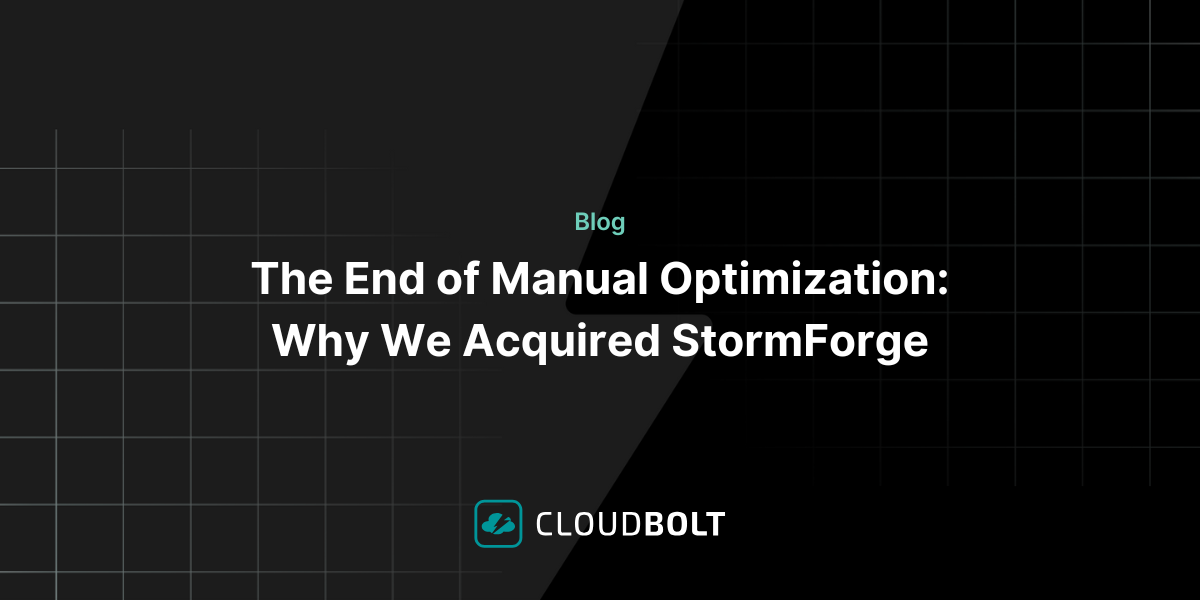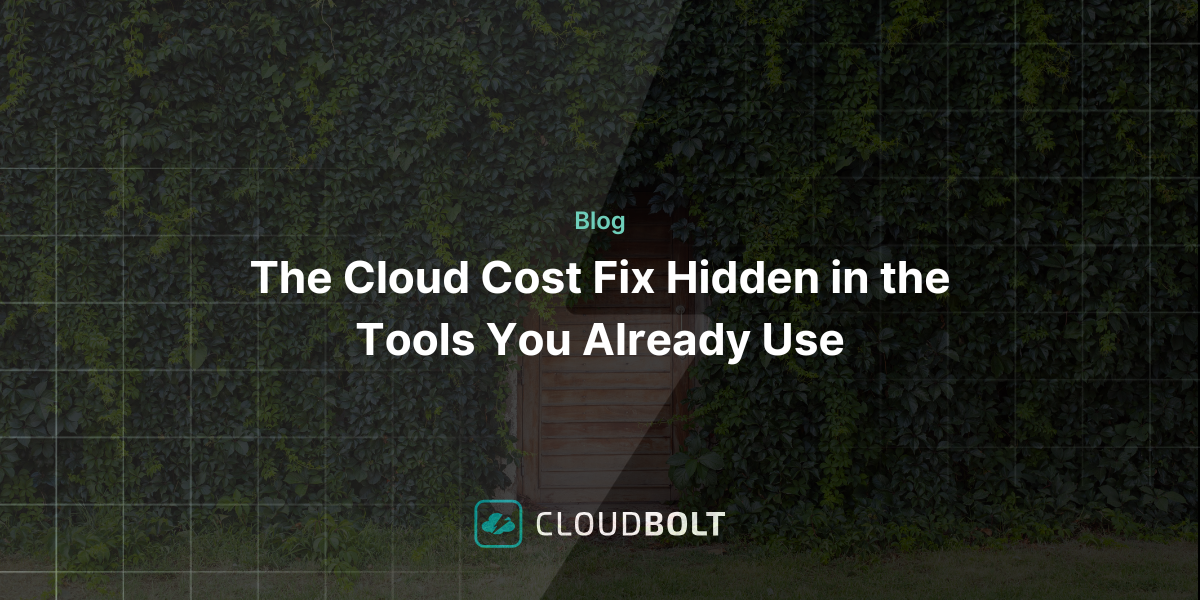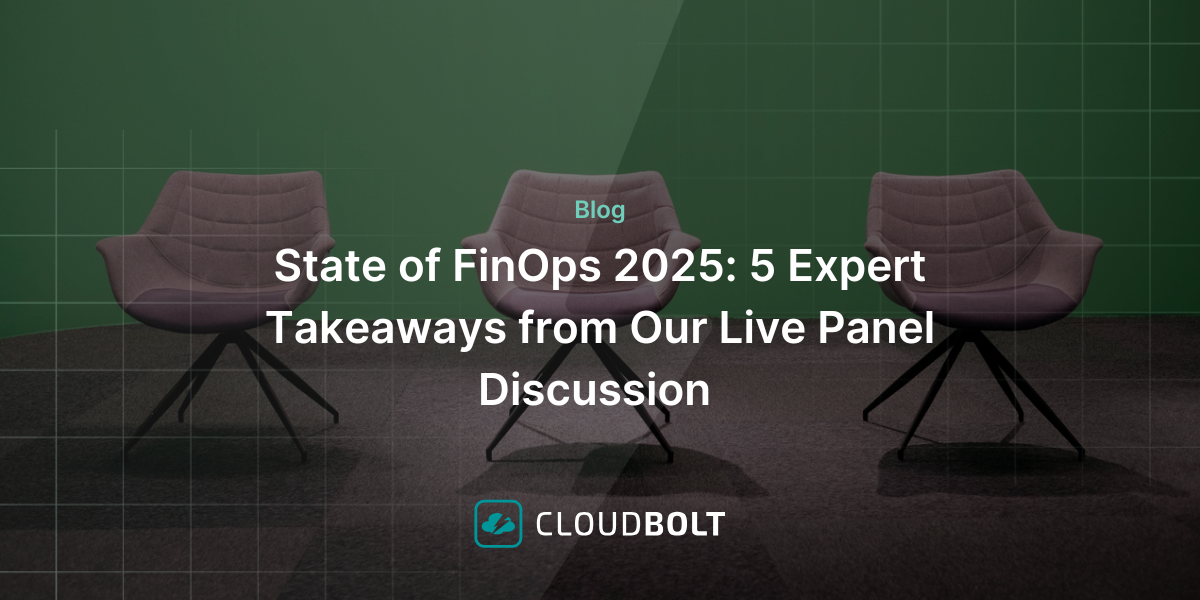Weekly CloudNews: Cloud security pros expect elevated risk for serious data breaches
Welcome to this week’s edition of CloudBolt’s Weekly CloudNews!
Here is this week’s news:
Cloud security pros expect elevated risk for serious data breaches
Matt Kapko, Cybersecurity Dive, September 14, 2022
“The perception of growing risk amid common occurrences accentuates the persistent cloud security challenges organizations confront as they deploy and invest in more cloud infrastructure. System downtime due to misconfiguration and cloud data breaches were the most commonly reported security incidents among the 400 cloud engineers and security professionals surveyed. Snyk commissioned Propeller Insights to conduct the survey during the second quarter of 2022.
“This gap in cloud infrastructure visibility underscores the increased complexity organizations encounter in cloud-native infrastructure. Two-fifths of respondents said cloud-native service and architecture adoption inflicts a major impact on cloud security efforts due to additional complexity.” READ MORE
6 Tips for Controlling Your Cloud Costs in a Recession
Christopher Tozzi, ITPros, September 12, 2022
“The last thing you need in times of economic gloom is a cloud environment that costs more money than it should. That’s why now’s a great moment for businesses to step back and assess their cloud spending, then determine how they can steel it against the recession that may be on the horizon.
“Keep reading for tips on preparing your cloud environment for a possible recession — and, beyond that, keeping cloud costs under control even after boom times return.” READ MORE
Start with a logical cloud architecture
David Linthicum, InfoWorld, September 9, 2022
“Throughout my career as a practitioner and teacher of cloud architecture and general enterprise architecture, I’ve focused on the distinction between logical and physical architectures. It’s no secret what they comprise: A logical architecture is a structure of technology concepts that does not name specific technologies or brands, while a physical architecture does contain specific technologies and brands.
“When I design a cloud computing architecture, I first ask what problems need to be solved. I then determine what an acceptable solution will require. Next, I list the items that need to be part of the architecture and their relationships to each other: databases, middleware, encryption, storage, compute, application development, etc. Again, no specific technologies, only technological concepts that can contribute to solving the overall problems.” READ MORE
Discover how a framework can transform your enterprise cloud strategy. Request your demo today.
Related Blogs

The End of Manual Optimization: Why We Acquired StormForge
Today is a big day for CloudBolt—we’ve officially announced our acquisition of StormForge. This marks a major milestone for us…

